|
I don't recall when I made my last website post. Months have passed. My art was interrupted by research and publishing a blog, then came COVID.
But I recently completed a "cruise" ... our annual visit to my sister-in-law in California ended by returning to Georgia via the Panama Canal. Although I feared the boredom of doing nothing aboard a huge cruise ship, I found inspiration from a quartet of accomplished musicians whose passion and joy was something I wanted to sketch. I could sit close enough to capture some of their emotion and team-driven movement in real time in plein aire. These sketches are only prelimiary works which I hope might lead to other paintings and a resumption of drawing on a more regular basis. And, if so, I promise to begin adding monthly posts of how that's going. How's that for a New Year's Resolution?
3 Comments
I'm a "Buckeye". I grew up hiking beautiful wooded rolling hills, rode my bike across gravel roads past emaculate Amish farms, and built rafts, then boats, to paddle down creeks that feed tributaries to the Ohio River.
This was once "Indian Country"; a perfect playground to fire the imagination of any impressionable kid. I was not aware of it's violence and terror until I began researching the arrival of Moravian missionaries to serve the Delaware Nation who lived on the Tuscarawas River before the Revolutionary War. My entry about the missionary David Zeisberger takes me one step closer to ending my monthly Spotlight Blogs and related art for the Moravian Board of Cooperative Ministries, 18 stories over the past 16 months. This post is the material Zane Gray novels were made from. It will be published this coming Tuesday, March 23. 'Hope you read and enjoy. P.S. The art, my first watercolor presentation titled A Feather. When the Moravian missionary was sent to The Cape of South Africa in 1746, he was the solitary representative for a mission effort that was virtually written off by church leaders before it started; not worth the effort or expense.
Thanks to the perseverance of George Schmidt during times of Colonial dominance and racism, the Moravian mission effort grew in Africa from "Sunday school" lessons taught to a class of 5 under a the shade of fruit tree. Weary Sunday School teachers, take heart. Today thousands living in numerous African countries claim their spiritual heritage to Moravian missions. This post was published this week in the Moravian Board of Cooperative Ministries newsletter: my 15th "Spotlight Blog" ... FYI. This is simply what life is all about, isn't it? We learn more from our mistakes than we learn from our successes, or so it seems.
I struggled to prepare this January Spotlight Blog for the Moravian Church. Then I realized all the historical issues I was trying to explain were issues we were facing currently - found in election, then distortion, then insurrection, then inauguration, and who knows what next. It's unsettling, but somehow familiar. It's all very human. It also gives us a chance to learn, a chance to chose to place our trust in the hands of a higher power if we want to maintain our sanity and our unity. The steeple on Central Moravian Church isn't just an architectural structure but also a place from which men and women shout out the Love of God in voice and music to anyone willing to listen. Listen carefully and you might hear the music in all this discord? 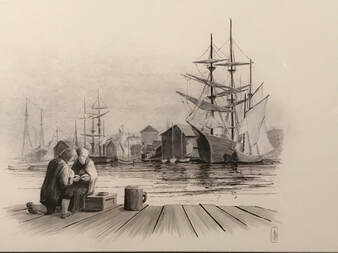 This month's blog for the Moravian Church BCM December 29 newsletter begins and ends with sea voyages in winter. In 1735 the second contingent of "Moravians" arrived in Savannah, GA to supplement the mission to the Creek "Indians" there. Accompanying them was John Wesley, sent as a young Anglican Priest to serve the spiritual needs of English Settlers in Savannah. Although my blogs are titled Coffee with Moravian "Ancestors", I've taken liberties by adding imagined conversation with those who have opinions about Moravians who influenced them. This coffee conversation provides John Wesley an opportunity to reminisce on his encounters with Moravians in America and in Europe - encounters which influenced the formation of the Methodist Church. This blog ends with the 1740 arrival of Moravians to the wintery forests and rivers of Pennsylvania. Bethlehem Pennsylvania was named on Christmas Eve by those who would establish a settlement on these newly purchased lands. They were followed by Moravians called the "Sea Congregation", sent across the Atlantic from rural Germany to the wilderness of America, to establish a base from which indigenous woodland tribes would be educated and, if willing, be converted to the beliefs of the white European. My artwork depicts a prayerful departure of these "missionaries" from a European port. I invite you to reflect on Christmas celebration centuries ago when life was no less complicated by the arrival of migrants. I wish you peace, comfort and joy for this season and the new year. It's a strange time. Restricted by rules on traveling. Unable to continue traditional sharing of a holiday with loved ones. No hugs, not even a handshake.
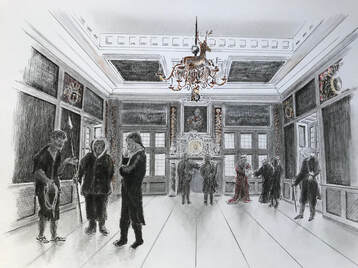 In 2018 Sara and I took a "side-trip" to where, for me, the history of the Moravian Church merged with the "modern world". We took a train from Copenhagen to the Danish castle where King Christian VI was crowned in 1731. At that coronation, in this room, the dream of establishing foreign protestant missions became a reality for Count Zinzendorf, leader of the renewed Unitas Fratrum. Read more about these thoughts in my Spotlight Blog, to be published by Moravian Board for Cooperative Ministries on election day, November 3. This is the weekend, nearly 300 years later, when citizens of the United States return to the polls to vote for the next episode of the our nation's history and to confirm the legacy of what it's citizens believe. I feel history and destiny is strangely connected by our civic duty often influenced by how each individual interprets messages heard and scenes witnessed. In a democracy, no matter how flawed, we all still have a responsibility to influence our future and the destiny of our children. VOTE your conscience! Lifting up your concern for others may or may not be something to which the reader of this post usually gives time. But, if you find yourself unsettled by recent "headlines", let me suggest this might be just the time when a conversation with God, or personal meditation, or simply good thoughts directed toward a person or a nation or an event might be calming.
This came to mind when finalizing my Spotlight Blog for the Moravian Board of Cooperative Ministries. It represents a time in the early 1700s when a 14 year-old girl provided leadership to an emerging Reformation Church. Prayer offered peace, calm and direction. If this interests you, please google my Spotlight Blog on October 6. If not, I'd still suggest devoting some time to sit down each day, alone or with others who share similar concerns, and let the power of prayer unfold and envelope. In 2017 Sara and I joined two unique back-to-back tours: bike riding through the romantic forests and byways near the Danube in the Czech Republic; and an atypical adventure through historic Prague, the countryside of ancient Bohemia and Moravia, ending in a little village in Eastern Germany.
The first tour provided good exercise and great beer. The second tour provide engrossing education, and great beer! I had been curious for over 50 years about the history of the Moravian Church (the church in which I was raised). I joined this tour, sponsored by the Moravian Theological Seminary, hoping to fill-in some blanks of my curious mind. I got what I wished for, but more. I found a purpose for my art work beyond simply filling my sketchbook. My painting of the Church at Berthelsdorf (Germany) accompanies my Spotlight Blog submitted for publication on September 8. The blog represents my coffee conversation with Count Zinzendorf. If the Moravian Church recognized "patron saints", he would be one. Check out website for the Moravian Board for Cooperative Ministries to read this month's spotlight blog, headlined by this piece of art. He was known as Christian David. Living in early 1700's his personality might be diagnosed today as "ADHD". Everything about him was "hyper"... his questioning mind, the intensity of his conversation, the pace of his physical activity, his obsession for perfection in his carpentry work, his quest for a religion worthy of his devotion. He was restless soul not easy to settle down. He lived in the early 1700s in what we now consider Eastern Europe.
He was 32 when his destiny began to take shape. He was becoming known then as a "Bush Preacher". His simple message and style of leadership inspired illegal aliens hiding in Moravia to trust in him and migrate to Germany There the Unitas Fratrum would reemerge to spread it's influence again, this time across Europe then across the oceans to indigenous populations of New Worlds. I offer this introduction to Christian David for the next edition of my Spotlight Blog, to be published in the August 11 edition of the Moravian Board of Cooperative Ministries newsletter. I offer this illustration as a scene I imagine new arrivals from Moravia might have encountered - "Welcome to Herrnhut!" |
AuthorBill Needs Archives
January 2024
Categories |

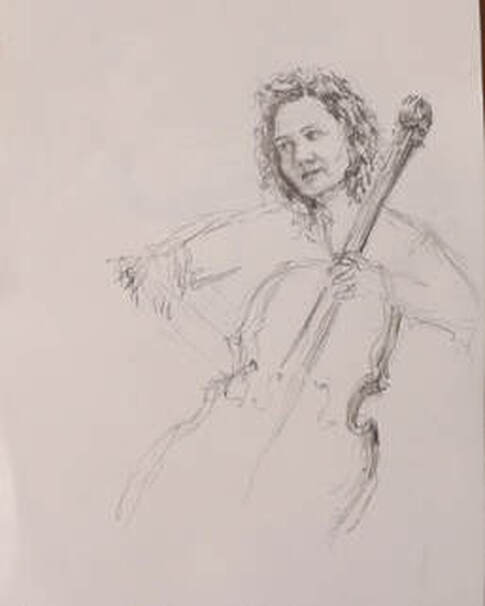
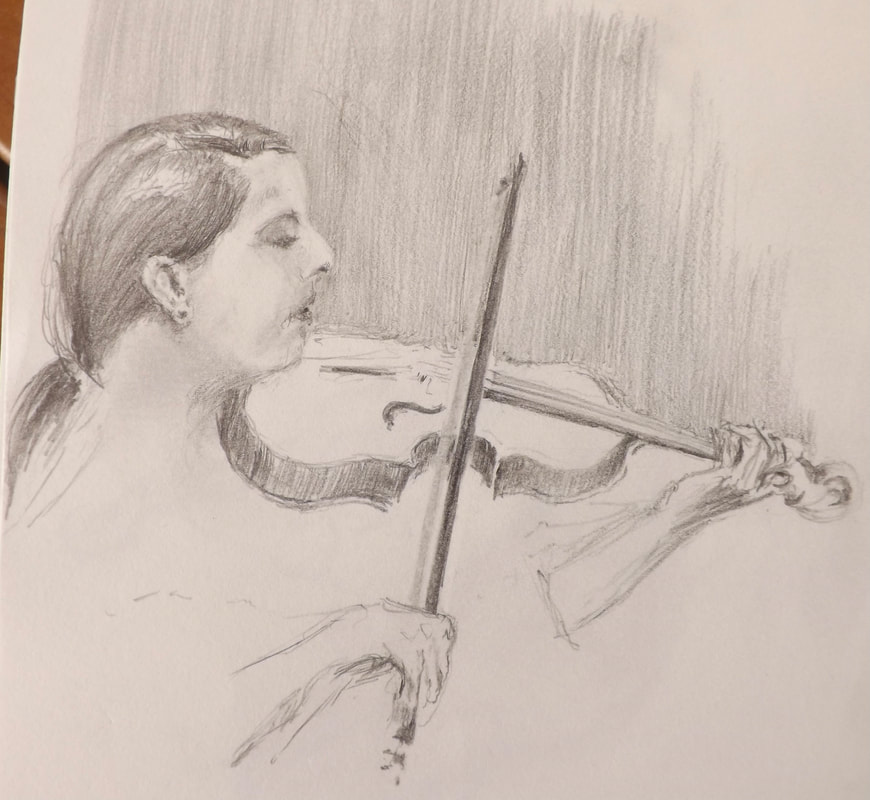
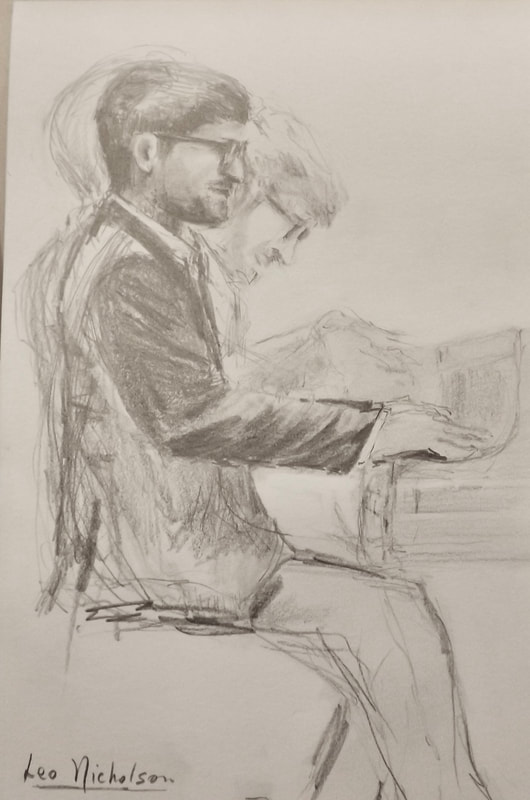
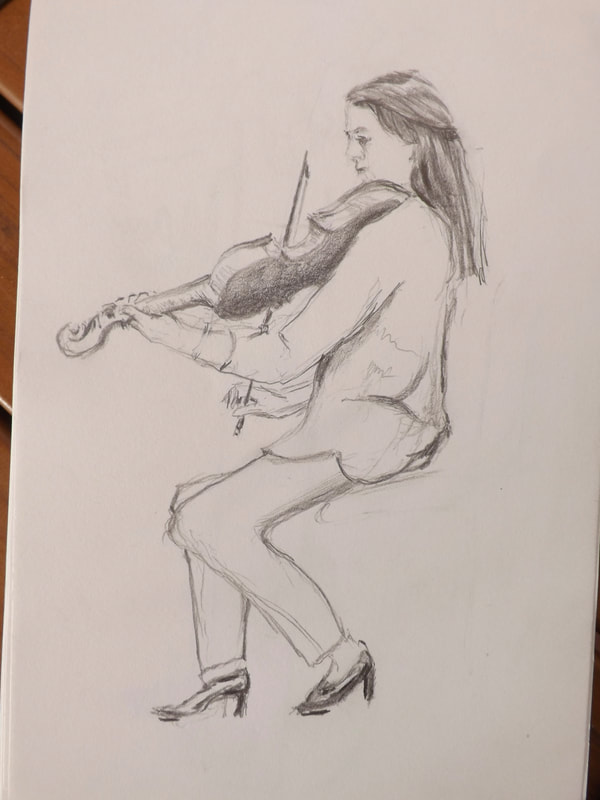
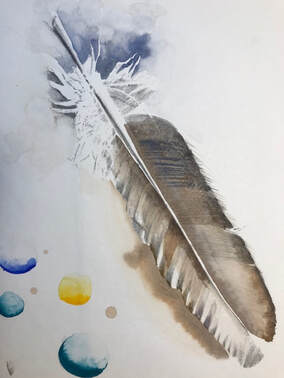
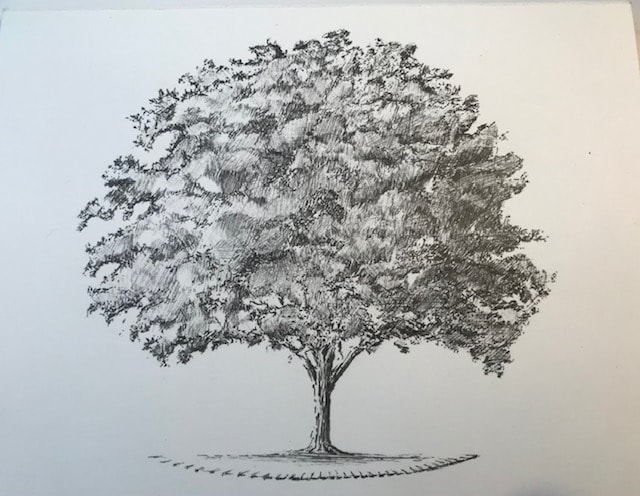
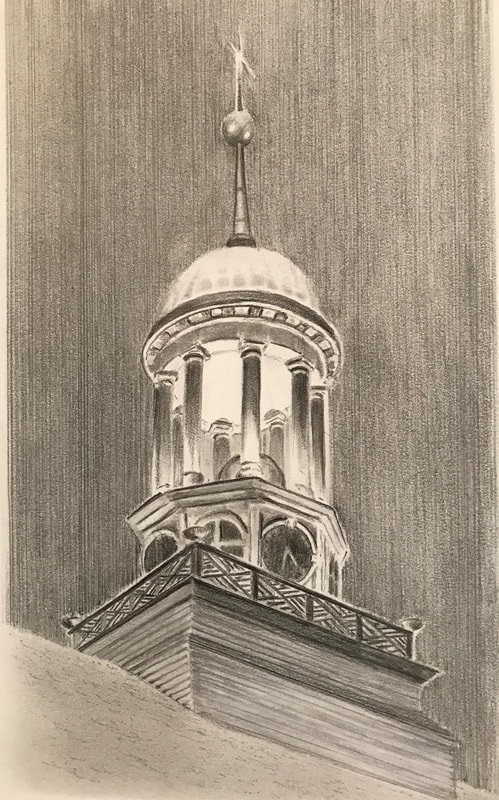
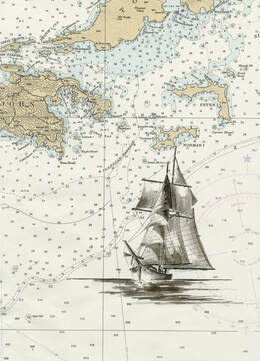
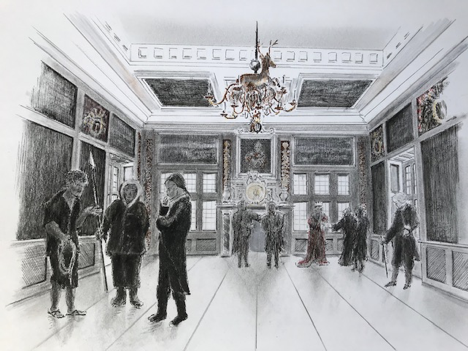
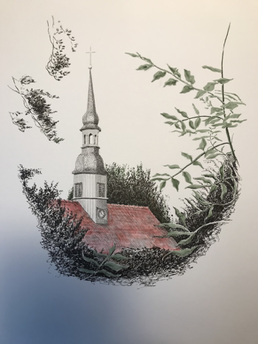

 RSS Feed
RSS Feed